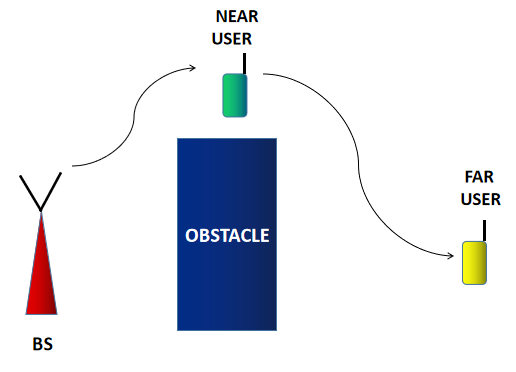What is SWIPT (Energy harvesting) NOMA?

As we are moving towards more and more advanced communication systems, the power consumption of devices becomes an important issue. For example, in a wireless network made up of thousands of IoT sensors, drainage of battery may cause the sensors to die. To address this issue, there is a push towards green communication technologies like RF energy harvesting devices. NOMA requires successive interference cancellation , which as we know, is a computationally intensive task. This places a burden on the battery life. When we studied the cooperative NOMA system , we used user cooperation where the near user acted as a relay to the far user. This user cooperation was natural because the near user has the far user's data anyway. But does the near user have enough power to relay that data? What if relaying drains the near user's battery? This is where RF energy harvesting could help. Download the MATLAB code here What is RF energy ha...






